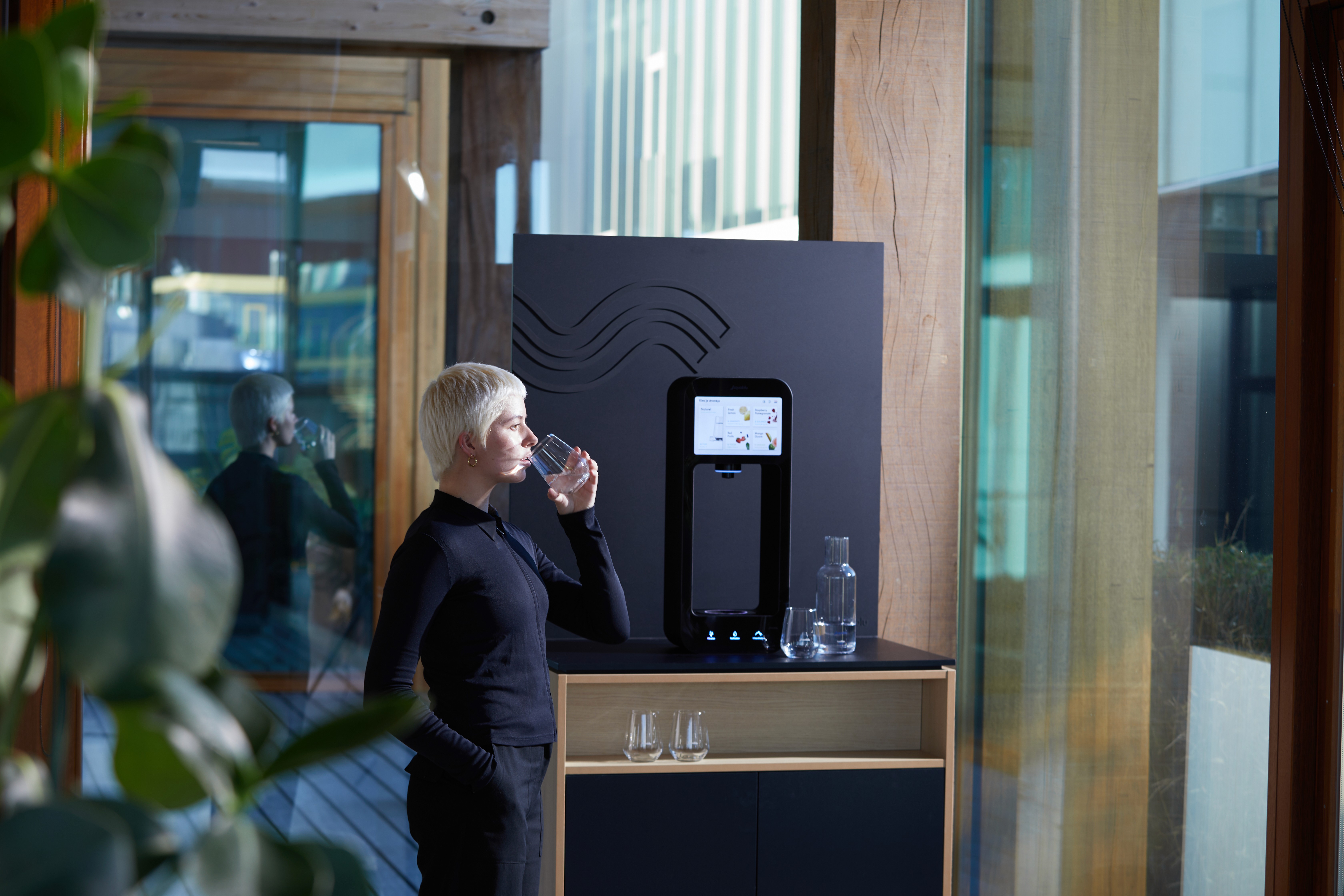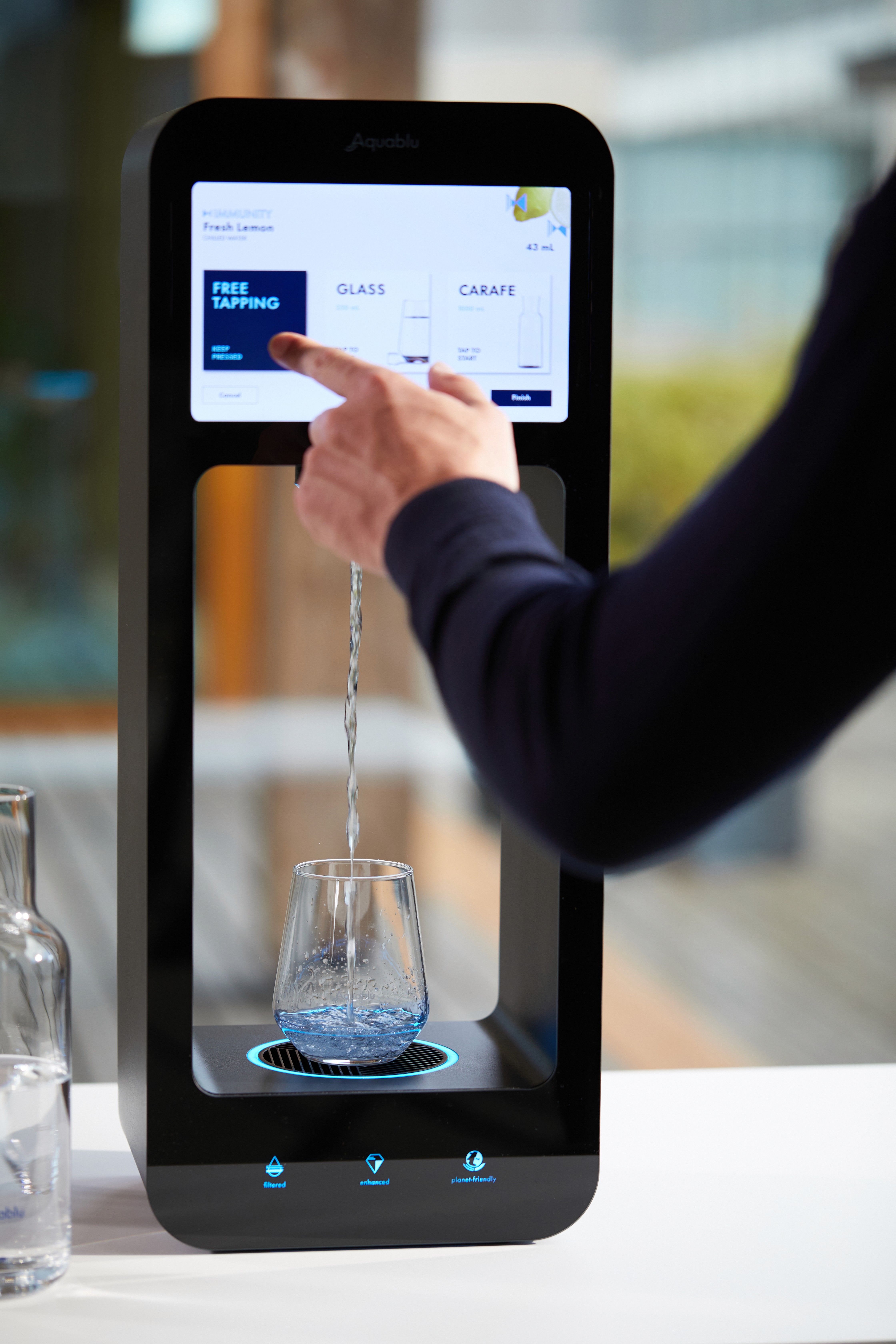Purifying and filtering water is an important step in ensuring that the water we drink is clean and safe. Especially now, when our water quality is declining and contaminants like microplastics and other bacteria are found more often in our water and direct environment.
There are several different methods that can be used to purify and filter water, each with its own advantages and disadvantages. In this blog, we will discuss some of the most common methods for purifying and filtering water, as well as some tips for choosing the best method for your needs.
METHODS TO PURIFY AND FILTER WATER:
1. Boiling:
One of the simplest and most effective methods for purifying water is to boil it. Water that has been brought to a rolling boil for at least one minute will kill most bacteria, viruses, and other contaminants. Boiling is especially effective for purifying water that may be contaminated with biological contaminants such as bacteria and viruses.
Boiling water can be an excellent method for purifying water, but it’s not always possible of scalable. As you have to have the material to boil the water.
2. Chemical disinfection / Chlorination:
Water can be treated with chemical disinfectants, such as chlorine, iodine, or water purification tablets, to kill microorganisms. Water can be treated with chlorine tablets or liquid bleach to kill bacteria, viruses, and other contaminants.
Chemical disinfectants are effective methods for purifying water, but it can leave a chlorine taste in the water that some people find unpleasant. This purifying solution is also not very scalable, but very helpful when you’re traveling for example.
3. Filtration:
Filtering water involves using a physical barrier or chemical process to remove contaminants from the water. There are several different types of water filters available, including activated carbon filters, reverse osmosis filters, and ultraviolet (UV) light filters. Each type of filter is designed to remove specific contaminants, so it is important to choose the right filter for your needs.
Our water systems use this advanced kind of filtration. Our patent-pending technology, removes 99% of the impurities that can be found in tap water. While improving the water with elements of essential minerals along the way in multiple healthy flavor options.
This solution is scalable and used a lot in offices and retail locations where vitality and hydration are important.
4. Distillation:
Distillation involves heating water to a high temperature, causing it to turn into steam. The steam is then collected and cooled, resulting in purified water.
Distillation is an effective method for removing a wide range of contaminants, including bacteria, viruses, and chemicals. However, it can be time-consuming and requires a heat source.
5. Ultraviolet (UV) light:
UV light can be used to kill microorganisms in water. Water filtration using UV light works by using a UV lamp to emit ultraviolet (UV) radiation, which is directed at the water as it flows through the filtration system. The UV light disrupts the DNA of microorganisms such as bacteria, viruses, and protozoa, making them unable to reproduce and effectively killing them. This process is known as “UV disinfection” and is a physical and chemical-free method of purifying water. This method is effective in removing harmful microorganisms from the water, making it safe to drink. However, it will not remove dissolved minerals, chemicals or other substances which are not living organisms, meaning that this water filtration option is not always sufficient.
*We use water filtration with UV light in our own water dispenser to prevent harmful microorganisms going back into the water dispenser nozzle. For example when cleaning the machine. We have other methods for ensuring filtered and purified output of water. By combining multiple filtering options, we can ensure a consistent purified water quality. Here, you can read more about our technology.
UV light filtration is often used in water treatment plants to kill microorganisms present in the water.
6. Reverse osmosis:
Reverse osmosis is a process that removes impurities from water by forcing it through a semi-permeable membrane.
Reverse osmosis is an effective method for purifying water, as it can remove a wide range of contaminants including bacteria, viruses, chemicals, and other impurities. It is commonly used in municipal water treatment plants and in homes and businesses to provide clean drinking water. However, reverse osmosis requires a significant amount of energy to operate and can be expensive to maintain.
When choosing a method for purifying and filtering water, it is important to consider the type of contaminants that may be present in the water, as well as the availability of resources and equipment. Boiling and chlorination are simple and effective methods that can be used in emergency situations, while filtration and distillation may be more suitable for everyday use.
It is also important to regularly clean and maintain any water purification or filtration equipment to ensure that it is working properly. If the equipment isn’t cleaned frequently and sufficiently, contaminations can occur.
It is also possible to combine some of the above methods in order to effectively purify water.
PURIFIED, FILTERED & FUNCTIONAL WATER
Want to have purified and filtered water at your company or commercial space? Contact us for the options or download the Aquablu REFILL smart water dispenser brochure.
by
Marc van Zuylen
/


